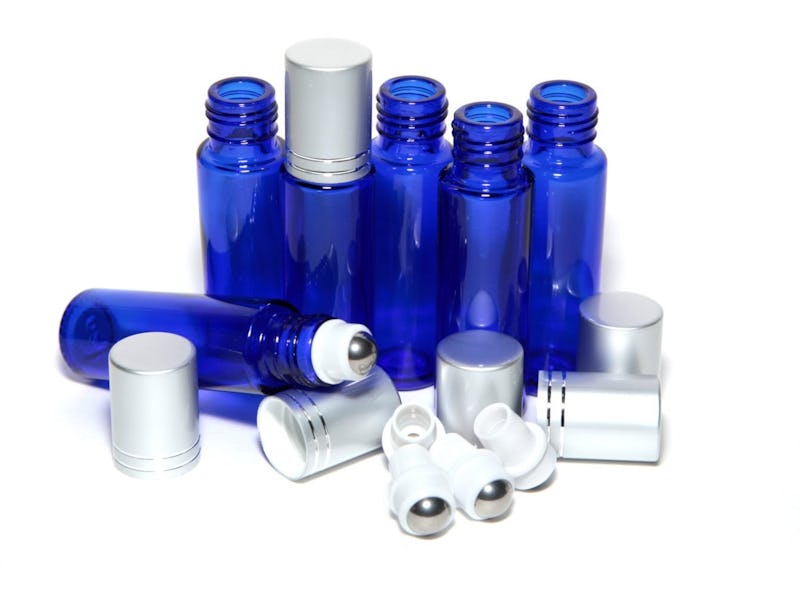Scientists Develop a Way to Get Every Last Drop Out of the Shampoo Bottle
Because every last drop counts.

Even people who strictly buy cheap shampoo from the drug store hate to waste money by throwing out a bottle that has enough left for a few more washes. But unfortunately, hair-washing elixirs are sticky. Few people, if any, have succeeded in milking bottles of shampoo for all they’re worth.
But that’s all about to change.
Researchers at the Ohio State University have revealed a shampoo bottle breakthrough: Their new, patent-pending coating lines a bottle’s insides to make it as slick as a slip ‘n’ slide, allowing every precious last drop of ‘poo to slide out.
The engineers behind the research, published Sunday in an article in Philosophical Transactions of the Royal Society, insist their work is about more than just frivolous penny-pinching.
“It’s what you’d call a first-world problem, right? ‘I can’t get all of the shampoo to come out of the bottle.’ But manufacturers are really interested in this because they make billions of bottles that end up in the garbage with product still in them,” says Bharat Bhushan, Ph.D., the Howard D. Winbigler Professor of mechanical engineering at Ohio State.
Watch as detergent slips off polycarbonate (a plastic used for all sorts of bottles) that’s been treated:
Slip 'n' slide!
Scientists have dealt with this issue before, crafting coatings for the insides of ketchup bottles to cut down on wasted sauce. But in the non-stick field, dealing with food is a no-brainer: Foods are mostly made up of water molecules, which tend to stick together rather than to plastic. Soaps, detergents, and shamps? Not so much. Because they’re made up of surfactants — the oil-grabbing chemicals that give them their body-cleansing abilities — they have a low surface tension and so they stick to plastic easily.
What is a shampoo bottle designer to do? What Bhushan and study co-author Philip Brown, Ph.D., did was develop a way to coat the container’s insides with tiny, Y-shaped nanoparticles made of quartz (an ingredient in glass). Each individual “Y” is covered in even smaller branches, resulting in a particle resembling a “shaggy, heart-shaped pillow” that’s as hard as glass. First spraying the bottle’s insides with a solvent allowed the crystal-like particles to stick.
Ain't nobody got time for that.
Now imagine a sea of these particles, their arms sticking out like branches, growing out of a plastic (if we’re getting technical, polypropylene #5) floor. The array of tiny arms planted a few micrometers apart overhang the plastic’s surface at an angle steep enough that the soapy surfactants can’t sustain a droplet shape that could drop between the branches and touch the plastic. The end result is utter shampoo repellency, smooth and simple.
“You end up with air pockets underneath, and that’s what gives you liquid repellency,” Brown said. The shampoo molecules stick together and roll off the surface in beads.
In addition to ensuring we get our money’s worth from our hair products, the slick new material could be used on pretty much any plastic device that needs to stay clean, like pacemakers, joint pins, and, yes, catheters. They could also boost recycling efforts by reducing the need to rinse out plastic bottles before tossing them.
“We all struggle with shampoo bottles at home,” Bhushan says. “I have a few in my shower right now. Trying to get the last drop out, I put it upside down, and my wife adds water to the bottle and fights with it for a while, and then we give up and just throw it away.”
Just think, those days could be gone.